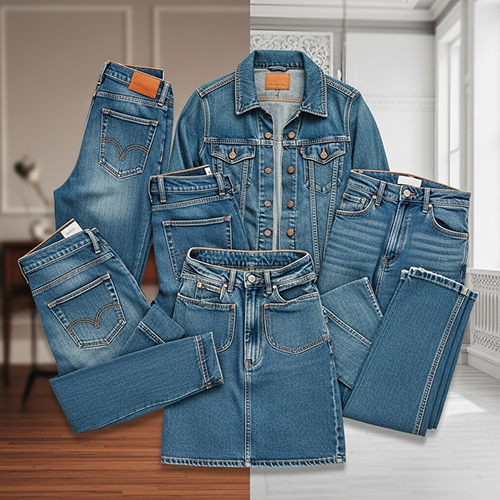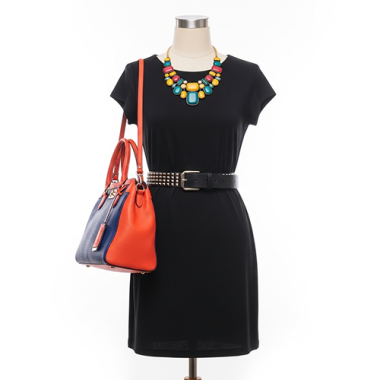Denim. Just the word conjures images of rugged cowboys, rebellious rock stars, and everyday comfort. This humble cotton twill, born from the need for durable workwear in 19th-century America, has undergone a remarkable metamorphosis, transcending its utilitarian origins to become arguably the most ubiquitous and democratic fabric in the world. Its journey from mineshafts to high fashion runways is a testament to its unparalleled versatility and an appeal that simply refuses to fade.
What is it about denim that gives it such extraordinary staying power? Perhaps it’s its inherent adaptability. A pair of classic blue jeans is a sartorial chameleon, effortlessly transitioning between wildly different aesthetics. Picture them paired with a simple white T-shirt and sneakers for an effortlessly cool, casual weekend look – perfect for running errands or grabbing coffee. Now imagine the very same jeans, perhaps a darker wash, elevated with a sharp blazer, a silk blouse, and a pair of heels. Suddenly, you have an ensemble that’s sophisticated enough for a smart-casual office environment or an evening out. This remarkable ability to be dressed both up and down is a cornerstone of denim’s enduring appeal.
The beauty of denim also lies in its evolution with the wearer. Raw, unwashed denim, often favored by purists, is a canvas waiting to be personalized. With every wear, every wash, every adventure, it develops unique fades, whiskering, and creases that tell the story of the individual. These are not mere imperfections; they are badges of honor, creating a garment that is truly one-of-a-kind. Conversely, distressed denim, with its artfully placed rips and tears, offers a pre-loved, edgy vibe that speaks to a different kind of rebellion, a conscious rejection of pristine perfection. Both aesthetics, while seemingly opposing, celebrate the character and personality that denim acquires over time.
Beyond the iconic jeans, denim’s versatility extends to a myriad of other garments. The denim jacket, a true wardrobe staple, is a layering hero. It’s the perfect companion for a cool summer evening over a sundress, a stylish addition to a turtleneck and trousers in autumn, or even a quirky layer under a heavier coat in winter. Denim skirts, from mini to maxi, offer a casual yet chic alternative to trousers. Denim shirts, whether worn buttoned up or open over a top, provide an easygoing coolness. Even denim dresses have carved out their niche, offering a comfortable and stylish option for various occasions.
Moreover, denim’s democratic nature is central to its universal appeal. It transcends age, gender, socioeconomic status, and cultural boundaries. You’ll see it on toddlers, teenagers, adults, and seniors; on construction workers and CEOs; in bustling city centers and quiet rural towns. It’s a fabric that unites people across diverse walks of life, providing a common thread (pun intended) in the global fashion tapestry. In an industry often criticized for its fleeting trends and rapid cycles of obsolescence, denim stands as a steadfast beacon of consistency. It’s not just a passing fad; it’s a fundamental element of modern dress.
The journey of denim from durable workwear to a global fashion phenomenon is a rich narrative of innovation, adaptation, and enduring style. Its ability to marry comfort with cool, ruggedness with refinement, and affordability with high fashion ensures its perpetual relevance. Denim isn’t just fabric; it’s a cultural touchstone, a reliable friend in your wardrobe, and a canvas for self-expression that never truly goes out of fashion. Its story continues to be written, one pair of worn-in jeans at a time.



